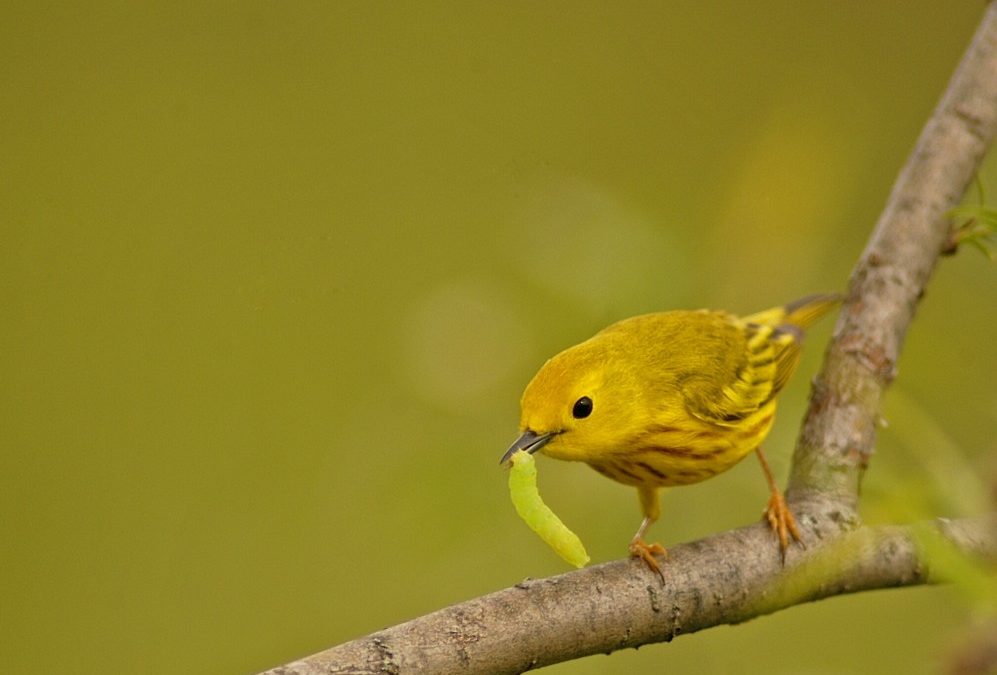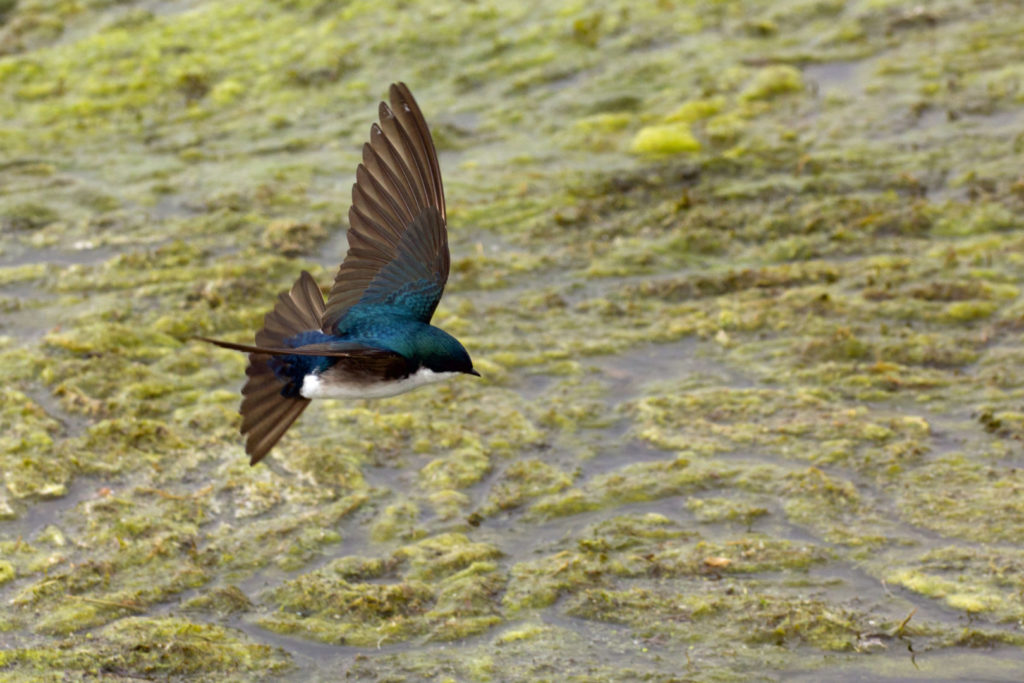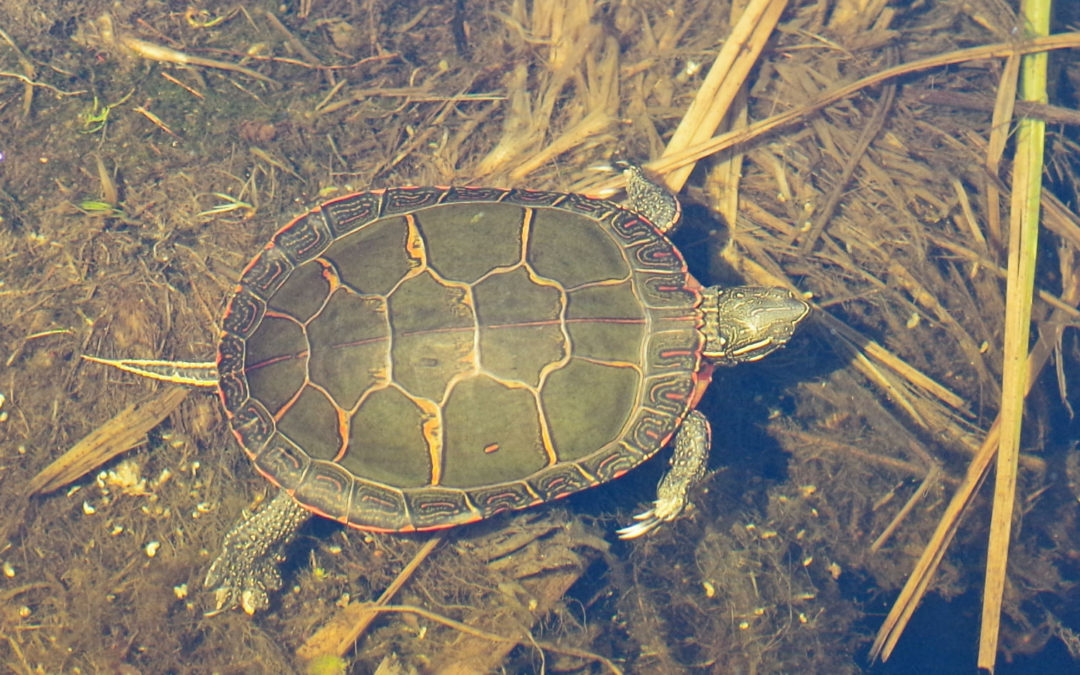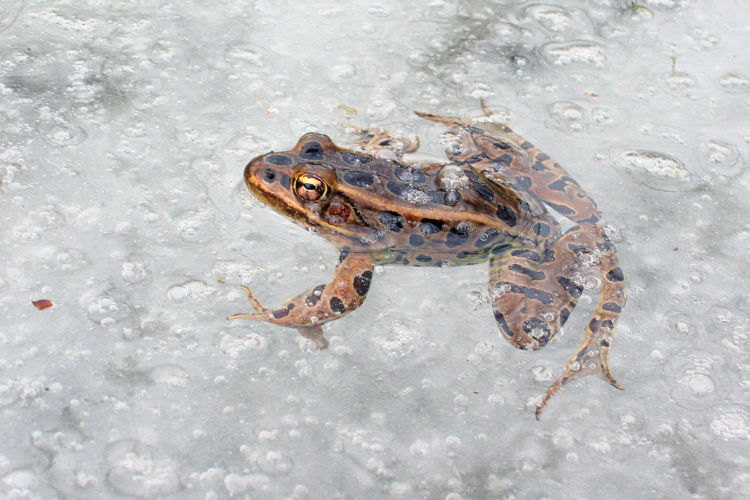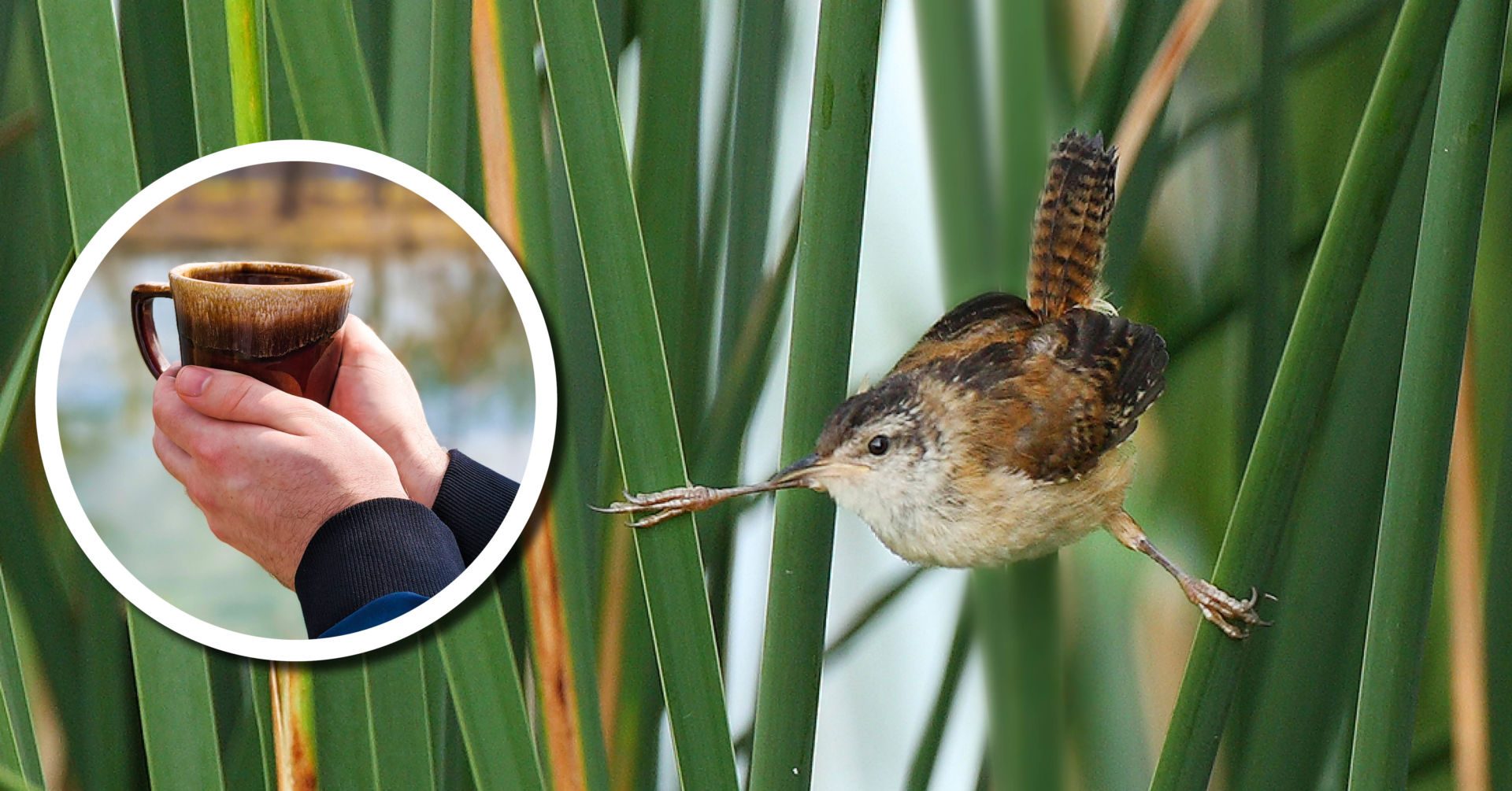Wetlands offer refuge from the storm
by Craig Thompson, WDNR’s Natural Heritage Conservation Program
Record snowfall stole the headlines in the spring of 2018 (and again this year), but an equally important story unfolded as Wisconsin’s landscape turned white.
As the 2018 calendar turned to March, resident birds—rose red cardinals and jaunty chickadees—were in full-throated song. Blackbirds, robins, and sparrows, among the first migratory birds to return from southern winter haunts, filed in by the day. Every morning, reports of new species were posted by delighted birders, with expectations for new arrivals growing by the week. March migration was off to a good start.
April 2018 had other ideas. Within the span of two weeks, three snowstorms (a meteorological triple header) blanketed southwest Wisconsin with record snowfall. For newly-arrived birds, an always strenuous journey became deadly as temperatures cratered. Migration ground to a halt.
Under the best of circumstances, bird migration is risky business. Inclement weather and navigation hazards conspire to make any seasonal migration fraught with uncertainty. Add the physiological stress of flying hundreds—if not thousands—of miles, and a bird’s survival is balanced on a knife’s edge. A prolonged cold snap can be the last straw.
As snow accumulated, reports of widespread bird mortality mounted. Insect eaters were especially hard hit. Wildlife rehabilitation facilities overflowed with starving birds. But amidst distressing news, amazing examples of survival came to light: five eastern phoebes gathered at a spring pond; a flock of tree swallows skimmed open water in a marsh; woodcock, robins, and yellow-rumped warblers hunkered down in seepy willow thickets. Wisconsin’s precious wetlands, it turned out, had thrown an early spring lifeline to storm-stranded birds. Many survived on insects emerging from the wetlands’ warming waters.
Every fall, billions of birds transit the Western Hemisphere, exiting temperate climes with the onset of autumn before traveling to warmer latitudes for winter. Like clockwork, every spring they return. An energy-intensive endeavor, migration requires a constant input of fuel, most often in the form of insects, fruit, or nectar, to enable the accumulation of body fat—the currency of migration—needed to power a bird’s hemispheric sojourns.
Emerging research on stopover ecology—the study of where birds stop during migration to rest and refuel—is underscoring the importance of quality stopover sites for migration. The relationship is straightforward. High quality natural communities produce more food and enable longer migrations, reducing hazards associated with multiple stops.
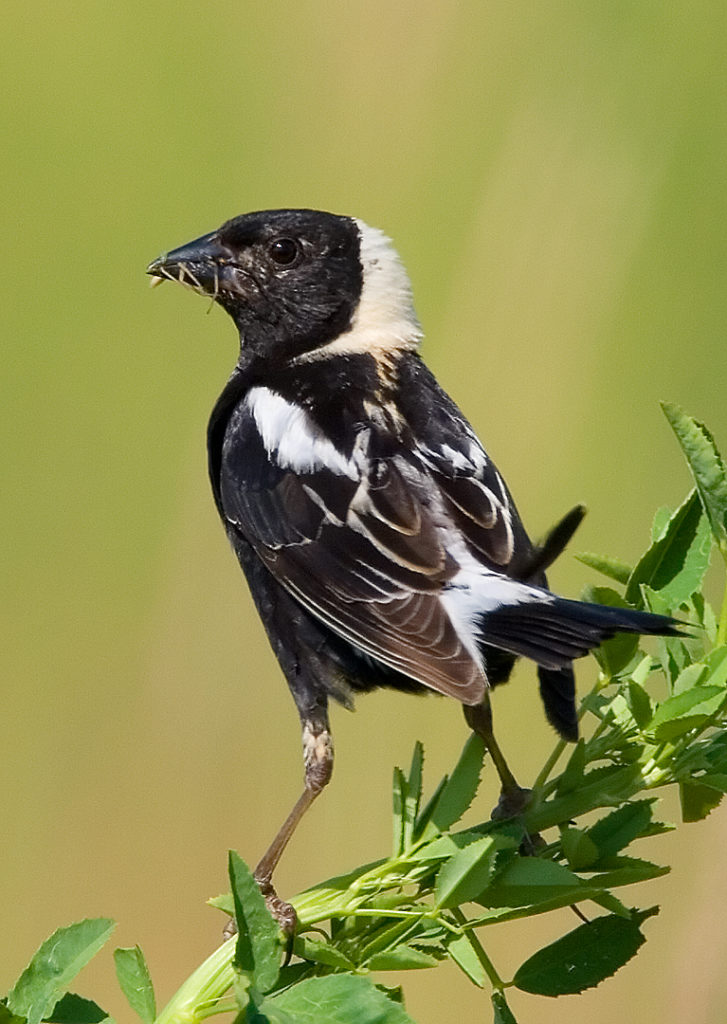
Bobolinks breed in the summer across southern Canada and the northern US (including Wisconsin) before traveling some 6,000 miles to Argentina, Bolivia, Brazil, and Paraguay for winter.
Studies of spring migrating gray-cheeked thrushes (a denizen of Canada’s boreal forest, passage migrant in Wisconsin, and winter resident in the Amazon Basin) show individual birds are able to fly directly from Colombia to the United States—1,800 miles without stopping—after fueling up in Colombia’s old growth rainforest. No small feat for a bird half the size of your neighborhood robin. Likewise, the wet grasslands of the Venezuelan Llanos serve as an important migratory stopover site for bobolinks winging their way between continents.
Far to the north, Wisconsin’s wetlands play a comparably important role in sustaining migration. While their importance to waterfowl and wading birds is well documented, their importance to migratory songbirds is only now becoming better understood. It is fair to conclude that last April, their value to all migrating birds ambushed by snow was immense.
It is no coincidence, then, that many wetlands in Wisconsin are designated as Important Bird Areas (IBA), including some of Wisconsin Wetland Association’s Wetland Gems®. These IBA sites provide habitat for birds at critical times during their life cycle—breeding, migration, or wintering.
This spring, as skunk cabbage emerges from frost-clad soils and pussy willows soften the landscape with cotton candy catkins, our wetlands resonate with the rich whistles of fox sparrows and the chaotic vocalizations of rubycrowned kinglets winging their way north. A host of migrating birds join the avian parade, all reliant on the availability of quality habitats to fuel migration. Every spring seep, every sedge meadow, and every floodplain forest contributes to the rich habitat tapestry needed to sustain migration. And through its efforts to protect our wetlands, the Wisconsin Wetlands Association and its members are helping to ensure our spring and autumn skies will, as they have for eons, continue to carry the songs of migration.
Photos by Dennis Malueg, Ken Tapp, and Brian Hansen
This article was originally featured in our 2019 spring newsletter. Would you like to receive our quarterly newsletter, with updates on WWA’s work and stories about Wisconsin’s wetlands and wildlife? Become a member today!
Related Content
How do frogs survive late spring snows?
Wetland Coffee Break: Birding Wisconsin’s wetlands

